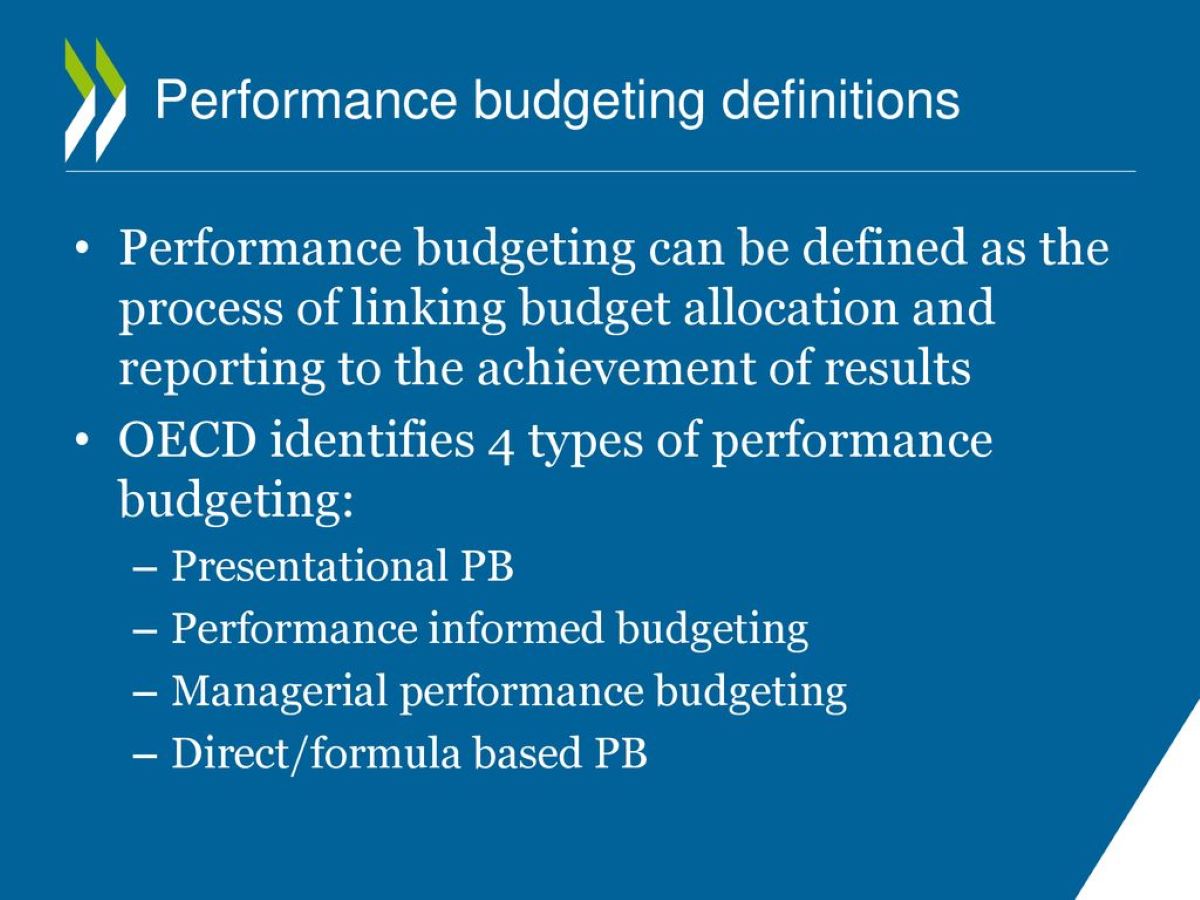Home>Finance>Capital Project: Definition, Examples, And How Funding Works


Finance
Capital Project: Definition, Examples, And How Funding Works
Published: October 23, 2023
Learn the definition and examples of capital projects, and understand how funding works in the realm of finance.
(Many of the links in this article redirect to a specific reviewed product. Your purchase of these products through affiliate links helps to generate commission for LiveWell, at no extra cost. Learn more)
The Ins and Outs of Capital Projects: Understanding Definitions, Examples, and Funding
Welcome to another exciting post in our FINANCE category! Today, we are diving deep into the world of capital projects. What are they, you ask? How are they funded? And what are some examples? Buckle up and let’s find out!
Key Takeaways:
- Capital projects involve large-scale investments aimed at improving or expanding physical assets.
- These projects can be funded through various sources such as loans, bonds, grants, or internal funds.
Capital projects, at their core, are large-scale investments in infrastructure, machinery, or other physical assets that drive business growth and development. They typically involve significant financial resources and long-term planning. Now, let’s dig a little deeper and explore this concept further.
Defining Capital Projects
A capital project can be defined as a strategic initiative undertaken by an organization to acquire, develop, or enhance physical assets that enhance its long-term capabilities. These projects are usually associated with large-scale construction, infrastructure developments, or technological advancements.
Capital projects can encompass a wide range of endeavors. Let’s look at some examples to better understand their scope:
Examples of Capital Projects
- Construction of a new factory: A manufacturing company invests in building a new factory to increase production capacity and meet growing demand.
- Infrastructure upgrades: A municipality invests in renovating roads, bridges, and sewage systems to enhance the overall quality of life for its residents.
- Installation of advanced machinery: A technology company invests in acquiring cutting-edge equipment to improve efficiency and stay ahead of the competition.
- Expansion of a retail store chain: A successful retail chain invests in opening new branches to reach a wider customer base and increase sales.
These examples demonstrate the broad range of projects that fall under the capital project umbrella. But, how are such projects funded? Let’s find out!
Funding Capital Projects
Capital projects require substantial financial resources, and organizations employ various funding mechanisms to support them. Here are some common methods:
- Loans: Organizations can secure loans from banks or financial institutions to cover the costs of their capital projects. These loans are repaid over an agreed period, often with interest.
- Bonds: Issuing bonds allows organizations to raise funds from investors. The organization repays the principal amount along with periodic interest payments over the life of the bond.
- Grants: In certain cases, organizations may receive grants from governments, nonprofit organizations, or philanthropic entities. These grants do not require repayment.
- Internal funds: Some organizations may allocate a portion of their profits or capital reserves to finance their capital projects.
By utilizing these funding avenues, organizations can secure the necessary resources to successfully execute their capital projects.
Wrapping Up
Capital projects are vital for organizations looking to grow, expand, or improve their operations. Understanding their definitions, exploring examples, and grasping the funding mechanisms allows us to comprehend their importance and impact. So, the next time you come across a capital project, you’ll have a deeper knowledge of what it entails and how it works!














